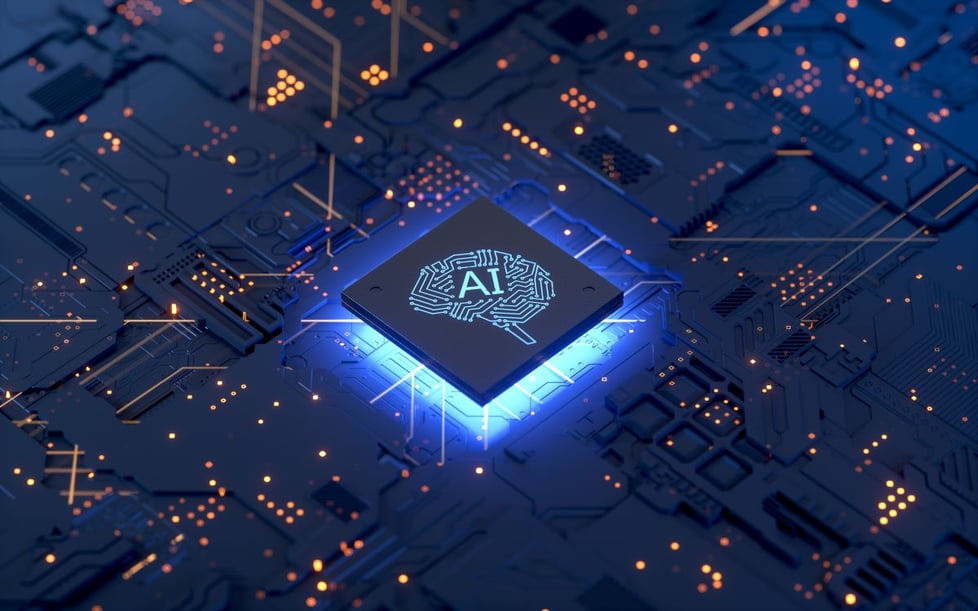
Artificial intelligence (AI) is nothing new, but it’s begun to play a more significant role in our everyday lives and business operations. The global AI market was valued at $136.55 billion in 2022 and is expected to expand at a compound annual growth rate (CAGR) of 37.3% from 2023 to 2030!
What does this mean for data centers? Because AI involves some intensive computing demands, evolutions in AI will drive evolutions in data centers. Let’s look at three ways the growth of AI impacts data center design.
Edge Data Centers for Low Latency
Many AI applications demand low latency, meaning, data processing over a network connection must happen at lightning speed. For example, autonomous vehicles use AI to react in real time to the thousands of data points collected every millisecond through sensors on the vehicle. Detecting a pedestrian and stopping the vehicle to avoid a collision demands instantaneous processing with no time for the network to lag.
The increasing need for speed is one major driver of edge computing and is likely to inform where some companies choose to locate new data centers. Achieving minimal latency calls for data centers located close to the point of use. We’re seeing more data centers appear in unexpected markets rather than remaining in data center hubs like northern Virginia and Silicon Valley.
The need for low latency may also motivate companies to deploy modular data centers (MDCs). These self-contained units lend themselves well to edge applications. Modular data centers can be placed in remote locations like ships and oilfields in addition to more traditional data center locations.
Liquid Cooling for High Density
One development we’ve seen in the industry is the move to high-density cooling, including liquid cooling solutions. According to Data Center Frontier, “the rise of high-density workloads for AI is nudging this trend ahead in a meaningful way.”
This move to liquid cooling may be why Meta has recently announced it’s overhauling its data center design. The tech giant plans to use cold plates for direct-to-chip cooling for AI workloads. Their eventual plan is to employ a facility water strategy, which will likely mean installing piping to carry chilled water to IT racks.
Different cooling infrastructure calls for different design considerations. As cooling technologies evolve, so will data center design.
Scalability to Meet Demand
The future of AI may not be totally clear, but one thing is certain: it is advancing and driving demand for more data centers. Because AI creates more demand, the modern data center must be designed for scalability.
Hyperscalers, enterprises and colocation providers must have solutions to build out their capacity as needed. Enterprises should adopt solutions they can scale up or down as they evolve their approach to computing. For example, allocating more AI workloads to the public cloud may call for downsizing your private data center.
MDCs are one of the most scalable options for data center design. Whether all-in-one units or skidded modular infrastructure, MDCs make it easy to add computing capacity as needed. Even if you max out building space, self-contained MDCs can be installed on-site in a parking lot or any number of rugged outdoor locations.
Learn More About the Future of Computing
AI is an exciting technology with endless applications and possibilities, but its growth depends on data centers. Data center owners must be prepared to adapt as needed to meet demand and accommodate modern AI applications.
Want to learn more about the data center industry? Subscribe to our blog!


Comments